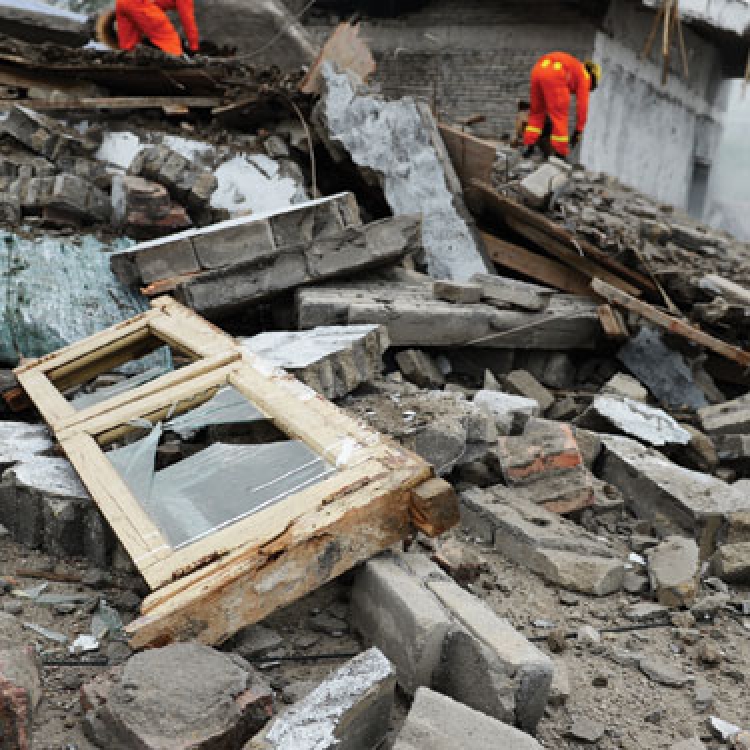Natural catastrophes: how resilient is your business?

With emerging risks stealing the spotlight, risk managers must not turn a blind eye to natural catastrophe risk, Kate Bargery of FM Global argues. What's more, insurance alone cannot provide complete protection.
Natural catastrophes continue to wreak havoc to businesses across the world. In 2016, we witnessed two major earthquakes in Japan, devastating floods in China, as well as Hurricane Matthew that hit Haiti and North America.
These devastating and costly events are occurring at a time when more and more businesses are focusing on emerging, intangible risks such as cyber attacks. On the one hand, organisations are justified in turning their attention to such a rapidly evolving threat, but on the other, it's vital they remain vigilant and aware of the physical damage that natural catastrophes can bring to their tangible assets i.e. buildings, goods and equipment.
While natural events cannot be stopped, businesses can - and should - take a more active role in making their operations resilient by planning for the worst, not just hoping for the best.
The key is for executives to focus on the fundamentals. Instead of asking "how much protection do we need?" and "how much protection can we afford", businesses should first ask themselves: "do I really need to locate my facilities in areas vulnerable to flood, windstorm, earthquake or other catastrophic events?"
This is a critical question even for well-insured companies because, as business leaders who have been affected by natural disasters know all too well, insurance coverage is not enough to make an organisation economically whole, nor will it adequately protect them against damaged reputation or loss of market share.
Where a vulnerable location is unavoidable, there are measures businesses can put in place to be able to react quickly and improve their resilience to unexpected events. These measures include the design and construction of buildings to minimise potential damage; having a comprehensive business continuity plan in place and an insurance programme with ample and stable capacity that can provide cover swiftly in the event of a loss.
Global supply chains have also complicated traditional natural hazard risk management. Now, one event can cause operations along the entire supply chain to cease. With this in mind, businesses need to ensure that supply chains are properly audited, and that alternatives are in place. These alternatives need to be in locations not susceptible to the same type of weather events, so that if one supplier is disrupted other suppliers can continue production. Businesses that have sound risk management procedures in place will be in a position to gain an advantage over competitors who do not.
In our increasingly globalised and interconnected world, being vulnerable is no longer an option. Business executives must ensure that their companies have plans in place for every type of risk that threatens their operation, incorporating loss prevention with thorough insurance cover. That way, in the event of a loss, they will be able to bounce back quickly without suffering from damaged reputation, lost market share or affected bottom line.

Kate Bargery is assistant vice president - international client learning manager, at FM Global, London. FM Global will be discussing these issues in more detail in their B5 workshop at the Airmic conference in Birmingham this month. The session will focus on natural catastrophe threats and how to build a more resilient business, including insurance, human element procedures and physical protection. Click here to find out more or to register for this workshop.
